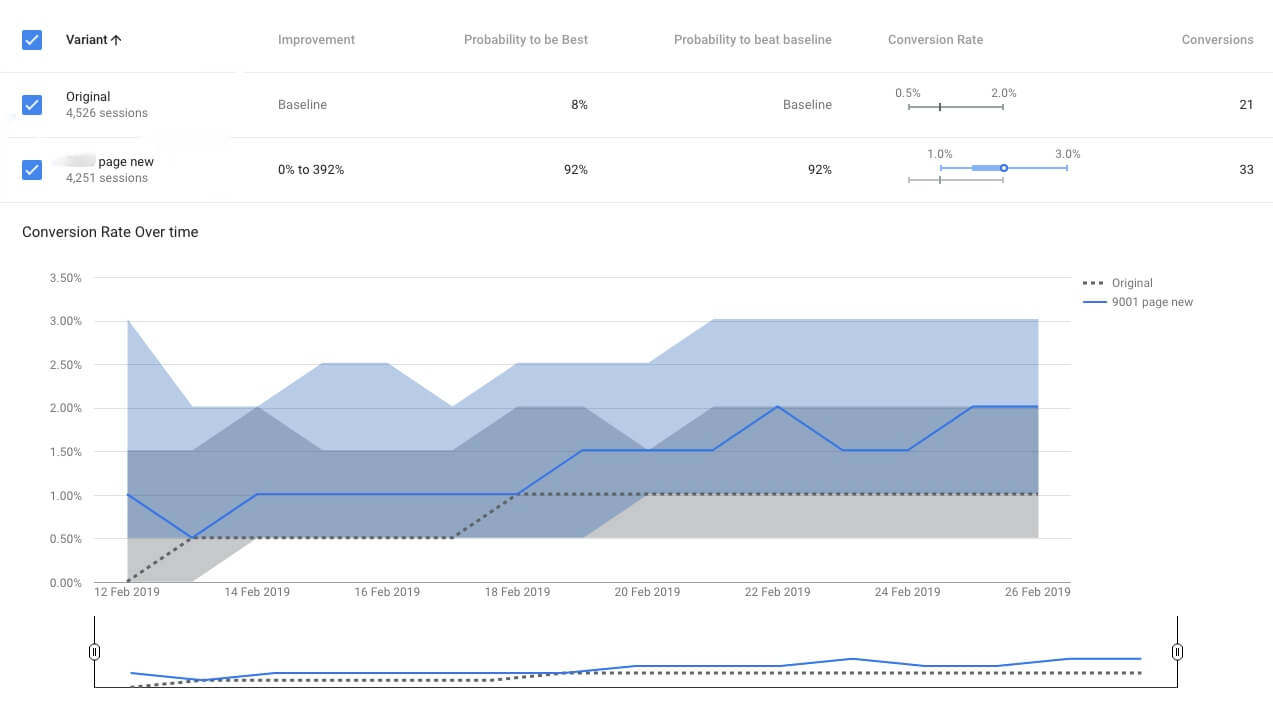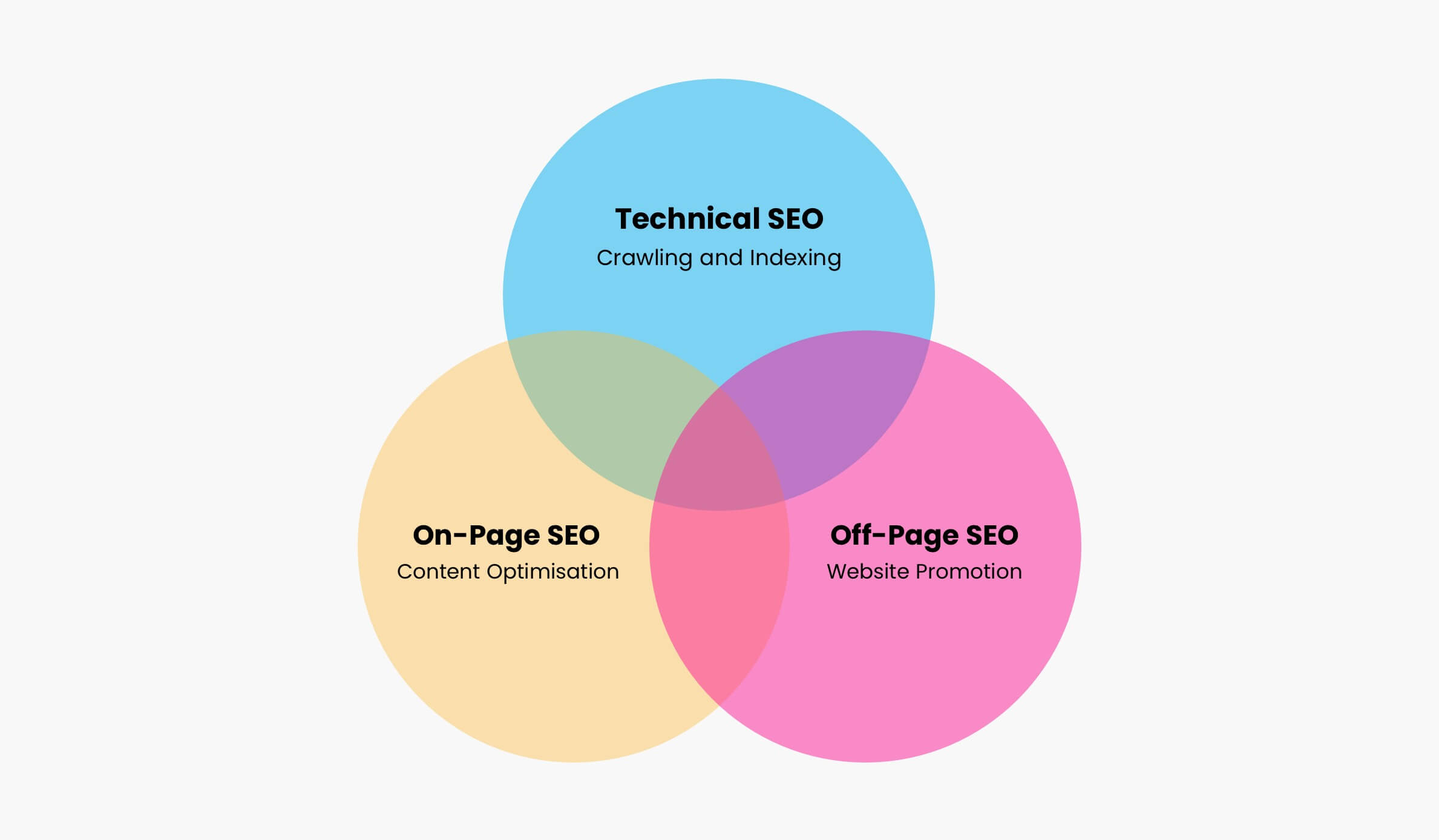But you’re pretty sure the tracking on your website is up to standard, and the same goes for your pay-per-click (PPC) and email campaigns. So how do we handle all this data? Which aspects of the campaigns should we track? Which key performance indicators can we use to demonstrate success and inspire the confidence of our CEO or key stakeholders?
The most important digital campaign metrics
Here’s our guide to using the data at your disposal to measure the ultimate success of a campaign or project.
If you’re new to digital marketing, you’ll notice there’s a lot of crossover in terminology. You will see common metrics used to measure campaigns across search engine optimisation (SEO), PPC, email and more. Yet any metric’s importance to each channel can differ slightly. The most important metrics to track can also shift depending on campaign objectives, in the way a drive for sign-ups is different from a sales promotion.
When called upon to show the value of your online campaign, though, you can generally rely on these ‘undeniable’ metrics:
Return on investment (or ‘show me the money!’)

You probably know this one. Return on investment (ROI) measures the ability of the campaign to generate revenue.
This is the big one when it comes to justifying the campaign’s existence. Positive ROI proves profitability.
How to calculate ROI for digital marketing campaigns
For a simple ROI calculation of a one-channel campaign, take revenue generated, subtract the project cost, then divide by the cost again.

For example: if your PPC campaign generated £500 and the ad spend was £100, ROI would be 400%.
It’s important to note that ROI is typically more complicated to measure for multi-channel campaigns. This is because questions of attribution are raised, asking how to track users through the multiple touch-points they interact with.
Even so, a positive ROI proves your campaign is healthy for the business’s bottom line. A negative ROI, on the other hand, is a strong indicator that it’s time to dig deeper into the campaign and see what’s gone awry.
Conversion rate (or ‘it works! it really works!’)
You can define a ‘conversion’ in many ways: it could be a click on an email address, a form or sign-up submission, or full completion of the checkout process.
Ultimately, conversion rate is about measuring the number of users, leads or pairs of eyeballs which ‘converted’. Not in a religious sense, but by performing a desirable action on your website, landing page, campaign email, etc.
A high conversion rate is a sure sign that the campaign you’ve designed is reaching the right audience and having its intended effect!
How to calculate conversion rate
Calculate conversion rate by taking total conversions, then divide by the total of potential conversions (or leads, readers, as appropriate).

By tracking desirable actions our customers can take, we gain valuable insight into our campaign’s impact. Low conversion rates can also reveal significant weaknesses in our campaigns. WIth data suggesting low conversions, it may be time to tweak elements of design, messaging and presentation to deliver greater success in future.
For our client British Assessment Bureau, to use a recent example, a low conversion rate on a key product page has justified a series of A/B tests looking at on-page content structure. The end result will be a significant change to the page’s presentation.

Low conversion rates prompted an A/B test, resulting in a rewritten page providing significantly more conversions
Bounce rate (or ‘back to the drawing board!’)
The less-loved twin of conversion rate! Bounce rate generally measures the ratio of people who visit a page and immediately turn away, without doing anything.
It’s important to note that a high bounce isn’t always bad. If your asset or page is an informative article, a user finding what they needed and leaving satisfied is also counted as a ‘bounce’. However, as long as there’s an action on your page that you’d prefer your customers to take (like sending an email, completing a form or visiting another page) rather than leaving, bounce rate will be a vital metric to consider in any campaign.
When you need to make the case that a campaign isn’t working, or that an entire strategy needs revision, bounce rate can be a solid indicator of a schism between your marketing and your audience’s expectations.
How to calculate bounce rate
Bounce rate has a simple formula, also included as a standard metric in most Google Analytics reports. Simply divide the number of visitors who leave without interacting in any way (‘bounces’) by the total visitor count:

When you see a high bounce rate for a segment of your campaign, it’s more than likely there are flaws in your targeting, messaging or service offering. It could be time to go back to the drawing board with this idea, or shift investment to an area proven to deliver high conversion rates!
Campaign-specific metrics
When reporting on complex digital campaigns across many channels, it’s important to consider channel-specific metrics, as well as those most aligned to your business goals.
Generally, these are the metrics dealing with transactions made, leads generated and any associated costs.
Below, you will find some other examples of key metrics for commonly-used channels. You may not want to formally track these for every campaign, but they are generally useful for identifying trends and causes for campaign changes:
Email marketing
Both conversion rate and return on investment are critical here. An email campaign’s success also hinges on click-through rate (CTR), measuring the percentage of people who clicked on an email link. CTR data can justify initiatives to change call-to-actions in your emails and drive more clicks. Notably, bounce rate in email marketing refers to emails gone undelivered, usually indicating a poorly maintained contact list.

Pay-per-click (PPC)
Aforementioned metrics such as bounce and conversion rates, CTR and ROI are all key factors when analysing PPC success. With the amount of data in Google Ads, it’s also quite simple to find metrics such as cost per acquisition (CPA), showing exactly how much investment into PPC is needed to create a revenue-generating conversion.
Search engine optimisation (SEO)
SEO practitioners are as interested in bounce, conversion and click-through rates as other digital marketers. They are also just as keen to demonstrate positive ROI. Uniquely, the holy grail for SEOs is typically visibility. This shows how frequently and prominently your website appears across search engine results. If your business goals demand it, SEO reporting can also provide insight into metrics like exit rate and device behaviour (e.g. desktop/mobile), showing areas for improvement in your campaigns.

Content
It’s worth considering content marketing through a different lens, often a long-term process similar to SEO in terms of results delivery. Here, metrics which matter less to other channels - such as, referral and social traffic increases - are a sign of great success. Content campaigns also typically measure behaviour and engagement, such as time on page (where an interesting video or article should keep users on your site for longer) or an increase in user comments. If building a loyal customer base is part of your campaign’s objective, a content campaign might also emphasises customer retention metrics such as returning visitor statistics.
Don’t forget!
Don’t forget to review your campaigns by traffic source, channel and device. Tailoring your campaigns to specific segments is essential, as the unstoppable rise of the smartphone audience should prove. You also need to consider site speed an increasingly vital thing to track, with mobile traffic being the primary cause once again.

Using the above guidance, you should be able to pinpoint the data needed to prove which campaigns and channels are performing. The most important thing is keeping the ultimate goal of each campaign in mind, focussing on those improvements to the bottom line above all. Otherwise, it’s a case of carefully selecting which metrics from your campaign’s core channels to monitor. You may need to be agile, ready to alter your reporting depending on shifting approaches and prioritisation of goals. With accurate tracking in place, though, there’s no reason that the data your business collects can’t be used to continually leverage better results.
Do you need a hand ensuring your multi-channel campaigns are impactful and - most of all - tracked accurately? Our digital marketing team is keen to help.


